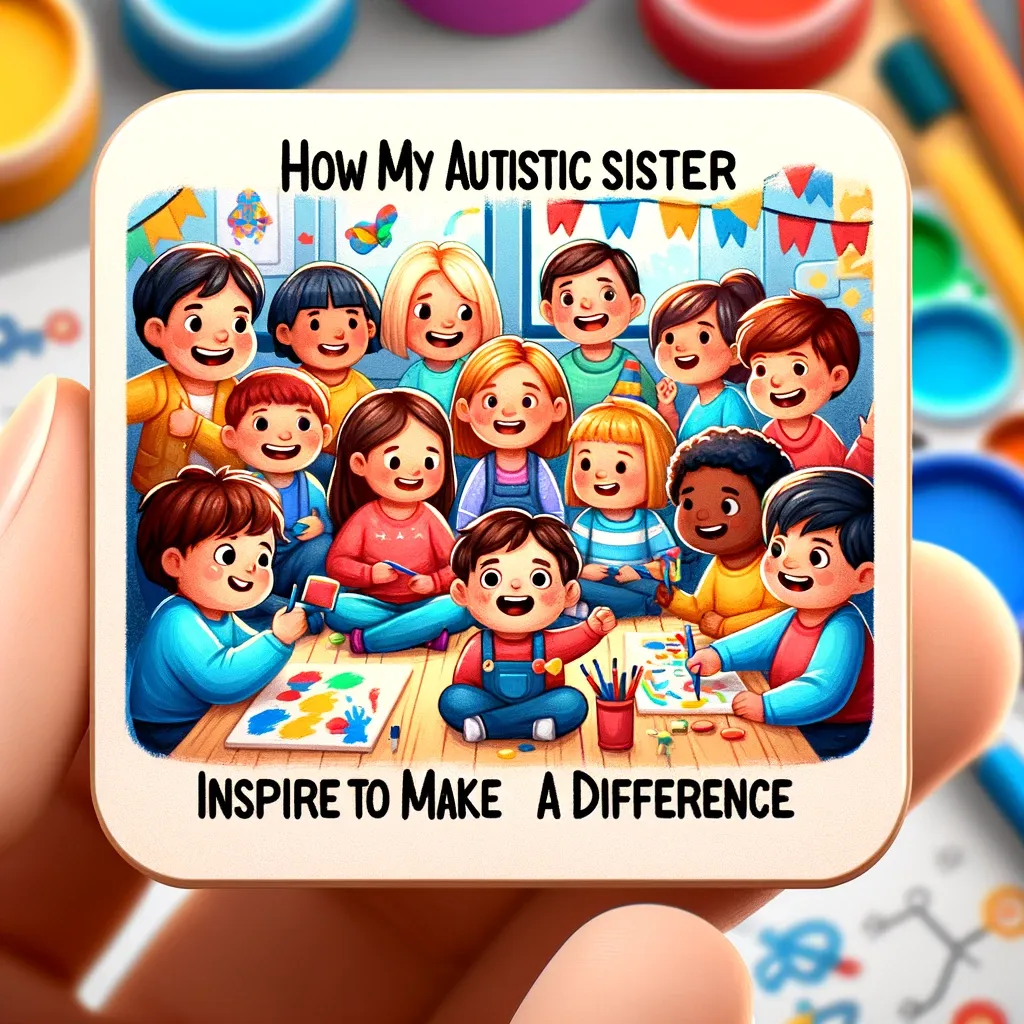Arts Education As A Gateway To Unity

In a multicultural society like Malaysia, having respect for other races and religions—embracing and accepting different cultural practices, are essential for social stability.
But we already know this.
Many of us are also aware of the numerous national integration efforts undertaken by the Malaysian government through the education system such as the implementation of a one-language system whereby Bahasa Malaysia is the medium of instruction in national schools, the introduction of Student Integration Plan for Unity (Rancangan Integrasi Murid untuk Perpaduan, RIMUP) to integrate students from different schools through activities, and the teaching of subjects such as Moral and Civic Education.
One area that seems under-represented in our national education system is the use of arts as a tool to promote cultural awareness and to help the young form a strong sense of Malaysian identity. Yes, visual arts (previously known as arts and crafts) are taught in the primary and secondary schools.
Other art disciplines such as music and dance are only available to students in the form of co-curricular activities (school choir groups and competitions).
This begs the question: are we giving the arts discipline sufficient emphasis in our national education system and are we truly aware of its significance in fostering unity?
We asked educators from diverse arts and education backgrounds to shed some light on the matter. Here are their thoughts:
Is arts an under-represented field here in Malaysia?

Mooza Mohd
I feel that it has gained recognition over the years but not nearly enough for it to hold its own. We’re seeing a lot more programmes and campaigns to promote the arts but if we scratch the surface, does it come hand in hand with skills training and education in equal measure?
Here’s a question for you. Could you make a living as an artist in Malaysia? Because the answer to this will inform us how the field is valued and perceived.
In a capitalistic society, value is measured by money—which is fine, but it’s very telling of how under-represented the arts are when you look at how much (or how little) investment goes into it. But I also think perhaps, that it’s also under-represented in our everyday lives.
—Mooza Mohd, drama educator, Poetry Café KL
How is speech and drama a relevant part of arts education in Malaysia?

Natalie Makulin
Cultural learning cannot be taught. Culture must be experienced for anyone to know, understand and accept. This I find, is first learnt through the exposure of one’s uniqueness or in other words, in being different. The art of speech and drama is thus useful in the sense that it either prepares one to respond to a new experience or affirms an existing experience.
Arts education in the area of speech and drama will be very meaningful especially in a multicultural society like ours. It empowers the young to embrace diversity, respect one another and strengthen their connections with themselves and the world around them, even if it’s outside the arts discipline.
—Natalie Makulin, speech and drama educator
Give an example of how art teaches children about culture
I was wearing my traditional costume during a Merdeka celebration at school when a five-year-old reacted to my outfit during a sharing session in our speech and drama class. “Natalie, are you wearing Indian?” she asked confidently. I answered, “I am wearing my Kadazan outfit.”
The whole class then repeated the word “Kadazan” and slowly, eight other children walked towards me and started feeling the fabric of my skirt, and the gold trimmings and buttons on my blouse.
Without a doubt, more questions started coming after that. When I told them that my hometown was Kota Kinabalu, Sabah, they immediately relayed their holiday experiences and of their friends who live there.
—Natalie Makulin, speech and drama educator

Melizarani T. Selva
Children think in broad strokes. And poetry has the ability to embody culture in its simplest form, thus making it more accessible for children to absorb. By crafting folklore into our pantuns (Malay poems) and spoken word performances, children grow their interest in learning stories of our foremothers.
I particularly love using poetry and the spoken word to pique children’s curiosity towards the Malaysian history and taboos within the Indian culture. In three minutes or less, a poem is able to draw children into the depths of our intricate narratives. Some kids ask “Why?” and some kids reply with “Ohhh” in understanding. This continuously happens because art starts the conversation.
—Melizarani T. Selva, spoken word poet, storyteller and journalist
How is the arts able to foster unity amongst school-going children?
From the perspective of a drama educator of eight years, drama games and exercises are designed to confront participants out of habitual thinking, reactive behaviour and mechanised decisions through the physical language. It’s a tool to explore possibilities, demystify stereotypes, reconstruct the way they see others, and to reimagine the world they desire.
I’ve witnessed race and gender divisions in almost all of the schools I’ve been to in this country (and I’ve been to about 50 across the nation). Even the simple act of forming a circle could be a challenge as students tend to form “clumps” instead.
We can hardly blame them because these are the projected realities of our current social conditioning. I’ve come to realise two things: shared spaces are hard to come by and drama is the most direct method to bridge that gap.
Theatre demands teamwork and collaborative support, and because of that, students who wouldn’t normally interact with each other would end up sharing a sense of closeness by the end of each workshop. From being unable to comfortably stand in a circle next to one another, I’ve always found it fascinating what a short session of drama exercises could do.
—Mooza Mohd, drama educator, Poetry Café KL
Bringing it all together
One of the objectives of the Rukun Negara, Malaysia’s ideology, is to “develop a liberal society of diverse cultural traditions.” Art is an outlet for this freedom of expression and autonomy in diverse learning. Let’s celebrate the arts and ponder ways to enrich people’s lives through arts education.
What are your thoughts after reading this article? Share them with us at editor@leaderonomics.com.
Community
Tags: Culture
This article is published by the editors of Leaderonomics.com with the consent of the guest author.






